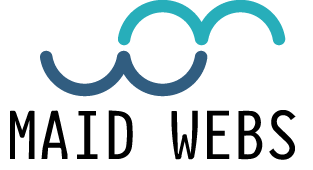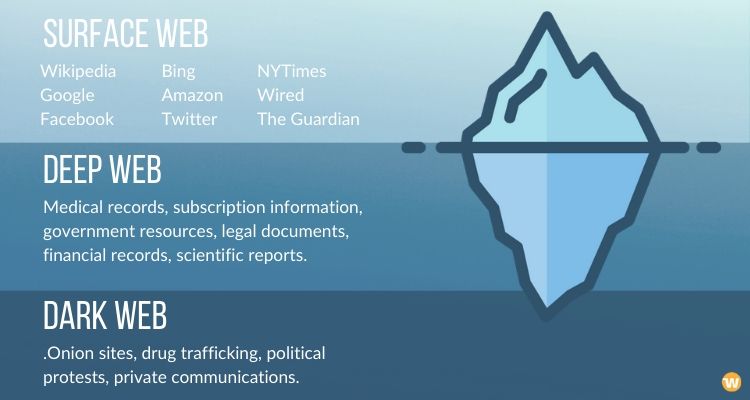We want to present you with a guide that will allow you to enter the main darknets that make up the Dark Web, known colloquially as the Deep Web, although this last term has another meaning. The hidden Internet or Dark Web is a portion of the network in which certain applications are needed to be able to connect, and that is precisely what we are going to help you, to download and configure these tools to enter them.
We are going to show you how to connect to four different darknets. The first will be TOR, which is probably the best known and most used of all. But we will also show you how to connect to ZeroNet, Freenet and I2P so that you can explore them all and decide which one convinces you the most, either by using it thoroughly or simply browsing through it as we have done several times.
The Deep Web and Darknet have a great reputation for dangerousness: illegal content, hackers, data spills and much more. But what’s on the Deep Web may surprise you. It’s not all black market deals and stolen identities.
The difference between Clearnet, Deep web, Dark web and Darknet
The term Darknet was coined in 2002 in the document “The Darknet and the Future of Content Distribution” written by Peter Biddle, Paul England, Marcus Peinado and Bryan Willman, four Microsoft researchers. In it they refer to it as a collection of networks and technologies that could be a revolution when it comes to sharing digital content.
It is important that four concepts are differentiated: Clearnet, Deep web, Dark web and Darknet. The easiest to understand is Clearnet, which is the Internet that you know, the pages that you find in Google and other search engines and that you can access directly from them. For example, Xataka is a Clearnet page, because if you search for it on Google you will find it quickly, and if you enter its web address you have no problems entering it.
Keep in mind that ~ 90% of the content on the web is not accessible through search engines. That is a part of the Deep Web, which encompasses all the information that cannot be publicly accessed. These can be conventional pages protected by a payment wall, but also files saved in Dropbox, emails saved on your provider’s servers and all those pages that are created for a few moments.
Imagine a page accessed by typing in a conventional web address, but whose content cannot be accessed if a certain fee or monthly payment is not paid. That is the Deep Web. The same happens with the page that is generated when you use a travel search engine. It is a unique website configured with the data you have entered, and which you cannot access directly.
If the Deep Web is 90% of the Internet, the Dark Web would occupy only 0.1%. It is a portion of the Internet intentionally hidden from search engines, with masked IP addresses and accessible only with a special browser. The Dark Web is therefore part of the Deep Web, but they are different things. For example, if the Deep Web were a city, the Dark Web would be several neighborhoods. They are part of the city, but they are not the city.
The Dark Web is the content that you can find in different Darknets, which are each of the networks that you can only access with specific programs. The most popular is TOR, but you can also find Freenet, I2P or ZeroNet. Each of them is a Darknet, but when we refer to all of them we generally use the term Dark Web.
The Dark Web is often defined as an area that is not indexable by mainstream search engines, which means that your pages cannot be found on Google, Bing, and other search engines. But there are some exceptions. For example, search engines have been created for Darknets like the TOR network, and we have some search engines like DuckDuckGo that are also working to include this type of content.
It is also important to make clear that there are many false myths about the Dark Web and that it has many pages with constructive content. In addition, the Dark Web serves as a haven for persecuted activists in countries especially hard on freedom of expression, and helps others bypass local censorship to access information.
DarkNet Available
Tor
ZeroNet
FreeNet
I2P
Some myths about the Dark Web
There is a halo of mysticism around the Dark Web, like a separate Internet in which you can find a lot of evil and hidden secrets. But if you are going to get into it, the first thing you have to know is that it is not so bad, and that you will find few things that you cannot also find on the clearNet.


